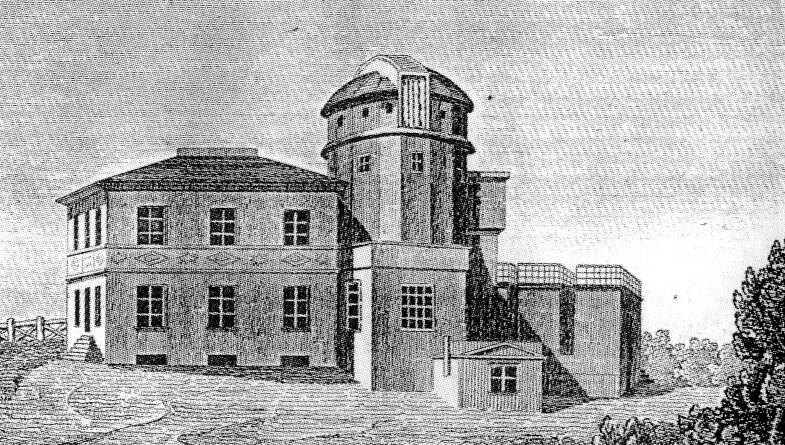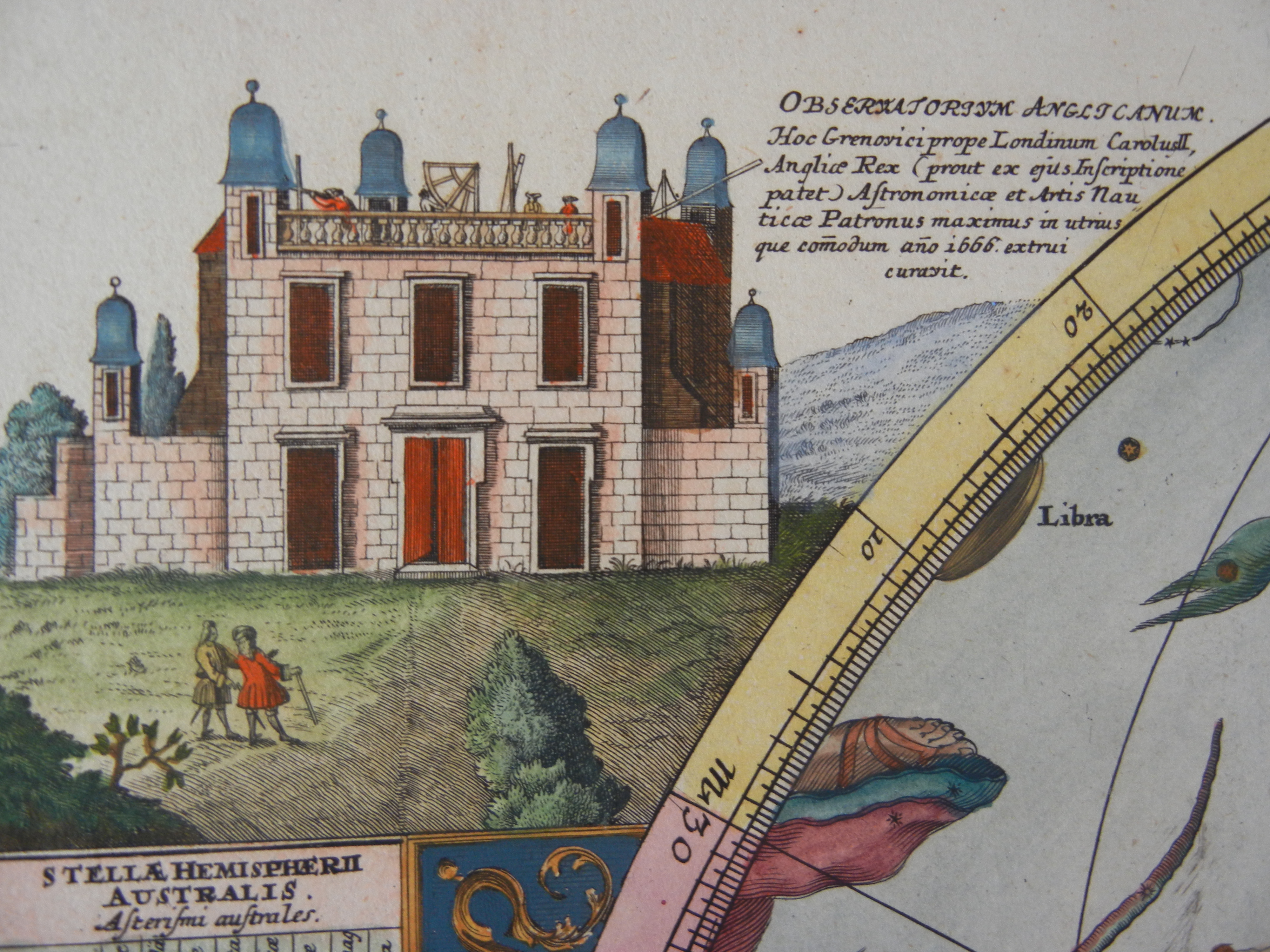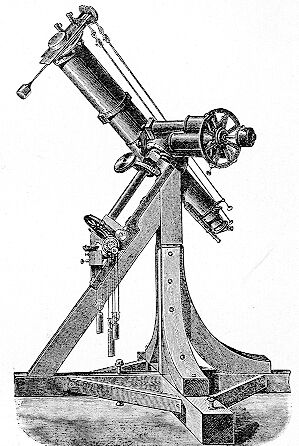|
Piotr Sławinski
Piotr Sławinski (Lithuanian language, Lithuanian: ''Petras Slavinskis''; 29 June 1795 – 30 May 1881) was a Polish astronomer of the Russian Empire. He was the fifth director of the Vilnius University Astronomical Observatory (1825–1843) and one of the founders of the Royal Astronomical Society in 1820, being its youngest. Biography Early life Piotr Sławinski was born on 29 June 1795 in the Kena (Vilnius), Kena manor, near modern-day Vilnius. His home country of the Polish-Lithuanian Commonwealth would cease to exist just a few months later after the Partitions of Poland, partitions by the Habsburg monarchy, the Kingdom of Prussia, and the Russian Empire. He was named after Saint Peter as his birth coincided with the Feast of Saints Peter and Paul, which is observed on 29 June. His parents were Jan Sławinski, a landowner, and Marianna née Mackiewicz. At sixteen years old in 1811 Sławinski was already a student of the physics-mathematics department of Vilnius University, st ... [...More Info...] [...Related Items...] OR: [Wikipedia] [Google] [Baidu] |
Kena (Vilnius)
Kena is a village in Vilnius district municipality, Lithuania. It is located on the state border with Belarus and has railway customs for all passenger trains from/to Belarus and Russia, including transit trains to Kaliningrad Oblast Kaliningrad Oblast () is the westernmost federal subjects of Russia, federal subject of the Russian Federation. It is a Enclave and exclave, semi-exclave on the Baltic Sea within the Baltic region of Prussia (region), Prussia, surrounded by Pola .... According to the census of 2001, Kena had 418 residents. The figure shrank to 369 in 2021. Nearby Pakenė village had 204 inhabitants. References Villages in Vilnius County Vilnius District Municipality {{Vilnius-geo-stub ... [...More Info...] [...Related Items...] OR: [Wikipedia] [Google] [Baidu] |
Feast Of Saints Peter And Paul
The Feast of Saints Peter and Paul or Solemnity of Saints Peter and Paul is a liturgical feast in honor of the martyrdom in Rome of the apostles Saint Peter and Saint Paul, which is observed on 29 June. The celebration is of ancient Christian origin, the date selected being the anniversary of either their death or the translation of their relics. Eastern Christianity For Eastern Orthodox and some Eastern Catholic Christians this feast also marks the end of the Apostles' Fast (which began on the Monday following All Saints' Sunday, i.e., the second Monday after Pentecost). While not considered among the twelve great feasts, it is one of five additional feasts ranked as a great feast in the Eastern Orthodox tradition and is often celebrated with an all-night vigil starting the evening before. In the Julian calendar, 29 June falls on the Gregorian calendar date of 12 July from 1900 to 2099, inclusive. In the Russian Orthodox tradition, Macarius of Unzha's Miracle of ... [...More Info...] [...Related Items...] OR: [Wikipedia] [Google] [Baidu] |
Johann Elert Bode
Johann Elert Bode (; 19 January 1747 – 23 November 1826) was a German astronomer known for his reformulation and popularisation of the Titius–Bode law. Bode determined the orbit of Uranus and suggested the planet's name. Life and career Bode was born in Hamburg. As a youth, he suffered from a serious eye disease that particularly damaged his right eye; he continued to have trouble with his eyes throughout his life. His early promise in mathematics brought him to the attention of Johann Georg Büsch, who allowed Bode to use his own library for study. He began his career with the publication of a short work on the solar eclipse of 5 August 1766. This was followed by an elementary treatise on astronomy entitled ''Anleitung zur Kenntniss des gestirnten Himmels'' (1768, 10th ed. 1844), the success of which led to his being invited to Berlin by Johann Heinrich Lambert in 1772 for the purpose of computing ephemerides on an improved plan. There he founded, in 1774, the well-kno ... [...More Info...] [...Related Items...] OR: [Wikipedia] [Google] [Baidu] |
Friedrich Wilhelm Bessel
Friedrich Wilhelm Bessel (; 22 July 1784 – 17 March 1846) was a German astronomer, mathematician, physicist, and geodesist. He was the first astronomer who determined reliable values for the distance from the Sun to another star by the method of parallax. Certain important mathematical functions were first studied systematically by Bessel and were named Bessel functions in his honour. Life and family Bessel was born in Minden, Westphalia, then capital of the Prussian administrative region Minden-Ravensberg, as second son of a civil servant into a large family. At the age of 14 he left the school, because he did not like the education in Latin language, and apprenticed in the import-export concern Kulenkamp at Bremen. The business's reliance on cargo ships led him to turn his mathematical skills to problems in navigation. This in turn led to an interest in astronomy as a way of determining longitude. Bessel came to the attention of Heinrich Wilhelm Olbers, a practising phy ... [...More Info...] [...Related Items...] OR: [Wikipedia] [Google] [Baidu] |
Royal Observatory, Greenwich
The Royal Observatory, Greenwich (ROG; known as the Old Royal Observatory from 1957 to 1998, when the working Royal Greenwich Observatory, RGO, temporarily moved south from Greenwich to Herstmonceux) is an observatory situated on a hill in Greenwich Park in south east London, overlooking the River Thames to the north. It played a major role in the history of astronomy and navigation, and because the Prime meridian (Greenwich), Prime Meridian passed through it, it gave its name to Greenwich Mean Time, the precursor to today's Coordinated Universal Time (UTC). The ROG has the IAU observatory code of 000, the first in the list. ROG, the National Maritime Museum, the Queen's House and the clipper ship ''Cutty Sark'' are collectively designated Royal Museums Greenwich. The observatory was commissioned in 1675 by Charles II of England, King Charles II, with the foundation stone being laid on 10 August. The old hilltop site of Greenwich Castle was chosen by Sir Christopher Wren, a for ... [...More Info...] [...Related Items...] OR: [Wikipedia] [Google] [Baidu] |
Bremen
Bremen (Low German also: ''Breem'' or ''Bräm''), officially the City Municipality of Bremen (, ), is the capital of the States of Germany, German state of the Bremen (state), Free Hanseatic City of Bremen (), a two-city-state consisting of the cities of Bremen and Bremerhaven. With about 577,000 inhabitants, the Hanseatic League, Hanseatic city is the List of cities in Germany by population, 11th-largest city of Germany and the second-largest city in Northern Germany after Hamburg. Bremen is the largest city on the River Weser, the longest river flowing entirely in Germany, lying some upstream from its River mouth, mouth into the North Sea at Bremerhaven, and is completely surrounded by the state of Lower Saxony. Bremen is the centre of the Northwest Metropolitan Region, which also includes the cities of Oldenburg (city), Oldenburg and Bremerhaven, and has a population of around 2.8 million people. Bremen is contiguous with the Lower Saxon towns of Delmenhorst, Stuhr, Achim, Wey ... [...More Info...] [...Related Items...] OR: [Wikipedia] [Google] [Baidu] |
Göttingen Observatory
Göttingen Observatory (''Universitätssternwarte Göttingen'' (Göttingen University Observatory) or ''königliche Sternwarte Göttingen'' (Royal Observatory Göttingen)) is a German astronomical observatory located in Göttingen, Lower Saxony, Germany. History In 1802, George III of the United Kingdom, who was also the prince-elector of Hanover, allocated 22,680 thalers for a new observatory. The plans were developed, like many of the university's buildings, by Georg Heinrich Borheck. Construction was delayed by the French Revolutionary Wars and extended from 1803 until 1816. At the time, the building was on the outskirts of Göttingen, to ensure an unobstructed view of the night sky. Carl Friedrich Gauss became the first director of the Observatory, and lived there between 1815 and 1855. Gauss arranged for the installation of two meridian circles (produced by Johann Georg Repsold and Georg Friedrich von Reichenbach in 1818 and 1819. Gauss was succeeded by Wilhelm Weber an ... [...More Info...] [...Related Items...] OR: [Wikipedia] [Google] [Baidu] |
Gotha Observatory
Gotha Observatory (''Seeberg Observatory'', ''Sternwarte Gotha'' or ''Seeberg-Sternwarte'') was a German astronomical observatory located on Seeberg hill near Gotha, Thuringia, Germany. Initially the observatory was dedicated to astrometry, geodetic and meteorological observation and tracking the time. The minor planet 1346 Gotha was named after the city of Gotha in recognition of the observatory. History Planning for the observatory began in 1787 by the court astronomer Baron Franz Xaver von Zach, with the financing of Ernest II, Duke of Saxe-Gotha-Altenburg. It was based upon the Radcliffe Observatory in Oxford, England. The building was divided into five parts, with the central section holding a revolving dome. There were two wings to provide quarters for the staff. During Peter Andreas Hansen's term, the observatory was dismantled and moved to a less exposed location in Gotha. The observatory was closed in 1934. Instruments Around 1800, the observatory became an internatio ... [...More Info...] [...Related Items...] OR: [Wikipedia] [Google] [Baidu] |
Berlin Observatory
The Berlin Observatory (Berliner Sternwarte) is a German astronomical institution with a series of observatories and related organizations in and around the city of Berlin in Germany, starting from the 18th century. It has its origins in 1700 when Gottfried Leibniz initiated the "Brandenburg Society of Science″ (''Sozietät der Wissenschaften'') which would later (1744) become the Prussian Academy of Sciences (''Preußische Akademie der Wissenschaften''). The Society had no observatory but nevertheless an astronomer, Gottfried Kirch, who observed from a private observatory in Berlin. A first small observatory was furnished in 1711, financing itself by calendrical computations. In 1825 Johann Franz Encke was appointed director by King Frederick William III of Prussia. With the support of Alexander von Humboldt, Encke got the King to agree to the financing of a true observatory, but one condition was that the observatory be made accessible to the public two nights per week. The ... [...More Info...] [...Related Items...] OR: [Wikipedia] [Google] [Baidu] |
Koenigsberg Observatory
Koenigsberg Observatory (; obs. code: 058) was an astronomical observatory and research facility which was attached to the Albertina University in Königsberg, what is now Kaliningrad, Russia. The observatory was destroyed by Royal Air Force bombs in August 1944 during the Second World War World War II or the Second World War (1 September 1939 – 2 September 1945) was a World war, global conflict between two coalitions: the Allies of World War II, Allies and the Axis powers. World War II by country, Nearly all of the wo .... Only the reduit (interior of the building) remained from the bastion. The building is a semicircular two-storey building with a brick vault. Nowadays, the building is considered a regional architectural monument. Description It was founded in 1810 and started working in 1813. Well-known astronomers who used the observatory included Friedrich Wilhelm Bessel, Friedrich Wilhelm Argelander, Arthur Auwers and Hermann Struve. In 1838, th ... [...More Info...] [...Related Items...] OR: [Wikipedia] [Google] [Baidu] |
Ignacy Domeyko
Ignacy Domeyko or Domejko, pseudonym: ''Żegota'' (, ; 31 July 1802 – 23 January 1889) was a Polish geologist, mineralogist, educator, and founder of the University of Santiago, in Chile. Domeyko spent most of his life, and died, in his adopted country, Chile. After a youth passed in partitioned Poland, Domeyko participated in the Polish–Russian War 1830–31. Upon Russian victory, he was exiled, spending part of his life in France (where he had gone with a fellow Philomath, Polish poet Adam Mickiewicz) before eventually settling in Chile, whose citizen he became. He lived some 50 years in Chile and made major contributions to the study of that country's geography, geology and mineralogy. His observations on the circumstances of poverty-stricken miners and of their wealthy exploiters had a profound influence on those who would go on to shape Chile's labor movement. Domeyko is seen as having had close ties to several countries and thus in 2002, when UNESCO organized a s ... [...More Info...] [...Related Items...] OR: [Wikipedia] [Google] [Baidu] |








